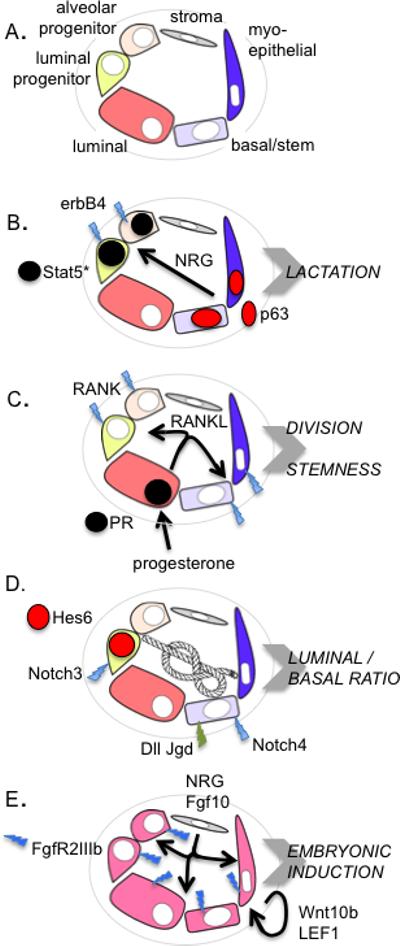Figure 1. Examples of known interactions that govern breast epithelial form and function.

A. Different types of mammary epithelial cell are color coded as indicated. B. The example described here by Forster et al (2014). C. Progesterone impacts the epithelial population by exerting paracrine effects; one of the effects of progesterone is to induce RANKL, with effects on RANK-expressing luminal and basal cells (Joshi et al., 2010). D. Loss of function for Notch signaling decreases luminal/basal cell ratios, where gain of function increases the proportion of luminal cells; these lineages are tied together but the specifics that govern the interaction are unknown. The relative enrichment of expression of Notch receptors and Notch cell-surface ligands (Dll and Jgd) (together with Notch reporters, Hes6/Hey1) is illustrated for specific mammary epithelial cell types E. At least two paracrine factors are required to specify the mammary placodes; the survival of the placodes depends upon the subsequent induction of a Wnt signal (Alexander et al., 2012; Robinson, 2007).
